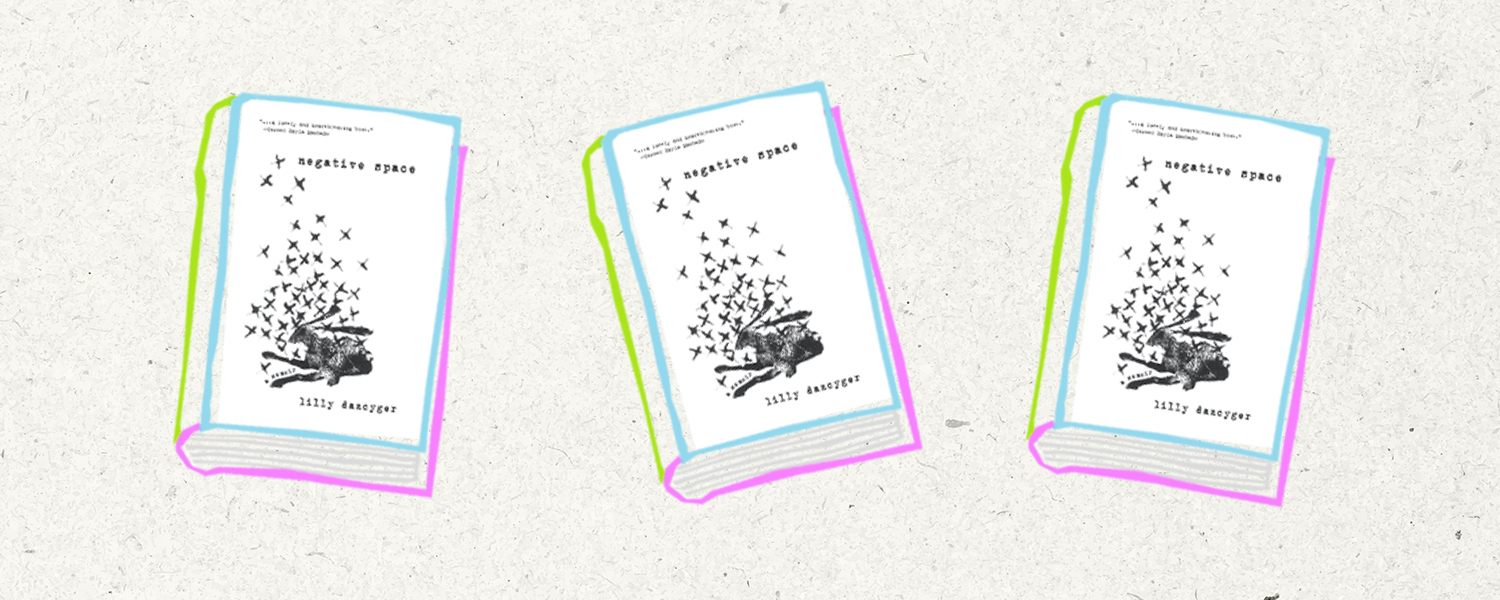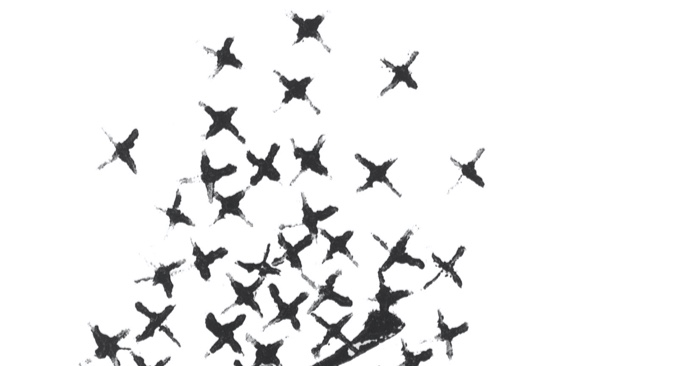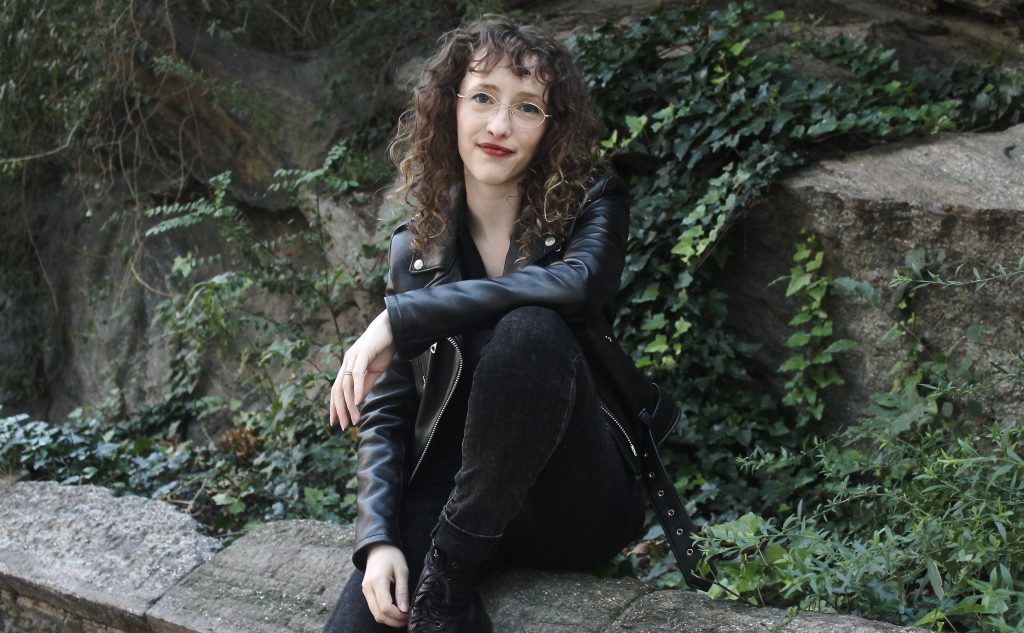


Fearing the memory of her father-visual artist Joe Schactman, who participated in the East Village art scene in the 1980s and struggled for years with a heroin addiction-would collapse, Dancyger begins an exploration into his life. part-memoir, part-art criticism debut in which a bildungsroman-esque narrative of the author’s journey from 'a fatherless girl' to 'a fatherless woman' is braided with an investigation into her deceased father’s art, as well as his past. readers acquire a love and respect for both Schactman's work as well as the author's - and that's something anyone who reads this will know he would have been proud of.

the author's retelling pushes against the boundaries of what we understand as a biography - and turns the narrative into a something like a whodunit, a supernatural thriller in which a journalist interrogates a ghost, a story in which art speaks about the past eloquently, and a biography of how a writer came to be and a daughter learned to live with something that shaped her early life and then shaped her again. the result is a book in which her feelings are so raw and exposed that it's impossible not to feel them too. friends' accounts, Dancyger's own memories - and Schactman's sculptures, prints and paintings - create a map the author uses to navigate her past and her father's life and legacy. At once an exploration of grief and a literary séance in which the author speaks to her father through art and interviews with his friends and exes, this book is also a coming-of-age narrative where grief and anger become a path that leads to destruction, addiction and, ultimately, redemption. Read Full Review >Ī double biography that tells Dancyger's story while simultaneously discovering her dead father's life. Look, and look again, and forget looking away. The sheer scope of the project is a testament to two ideas: one, that paying attention is the purest form of love, and two, that art is inextricably linked to the essence of the artist. Although Dancyger often imagines as a lattice, a guide, and a muse, she is also unsparing in her judgment. For all its analysis of the past, Dancyger’s perspective never veers into the schmaltzy side of nostalgia. Dancyger pivots nimbly through the convergence of.multiple, vivid histories. From Joe Schactman’s impact on the New York gallery scene to his enduring influence on his wildly talented daughter, Negative Space is an emotional archive of an unbearable loss and the proof-and detritus-of the value of love. What begins as an unimaginable loss is transmuted into an unforgettable story about love, artistic influence, addiction, and legacy.

The book meticulously examines the raw, nervy exit wounds her artist father created when he died in 2000.


 0 kommentar(er)
0 kommentar(er)
